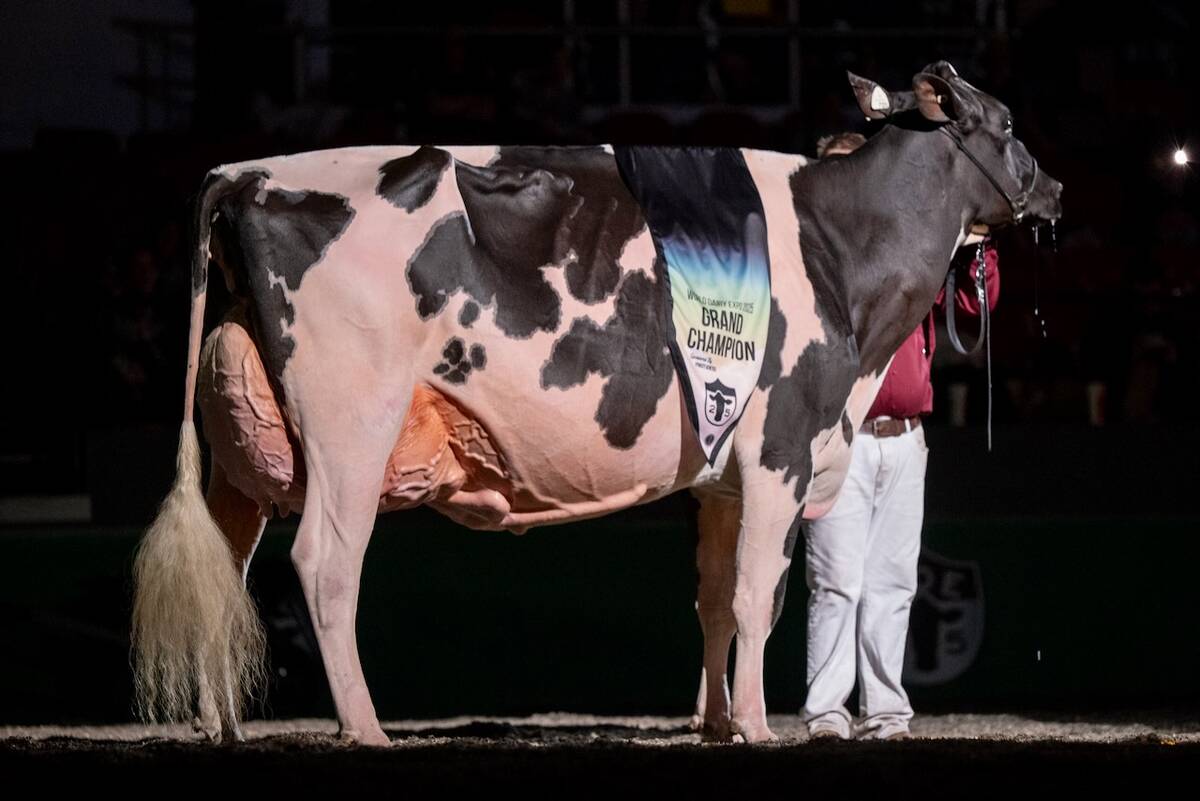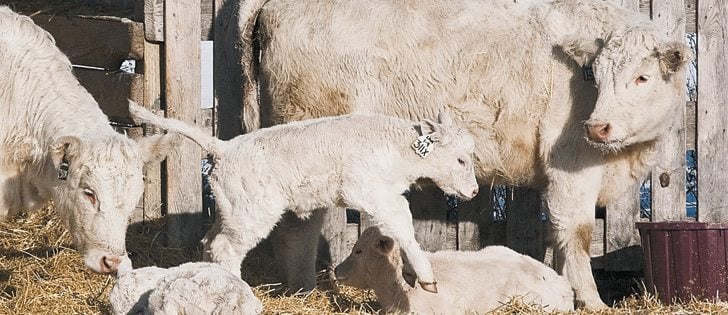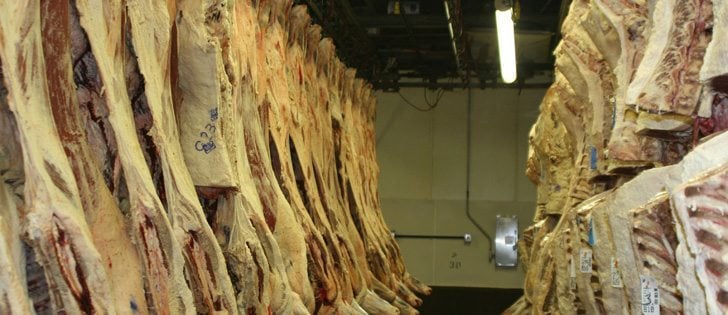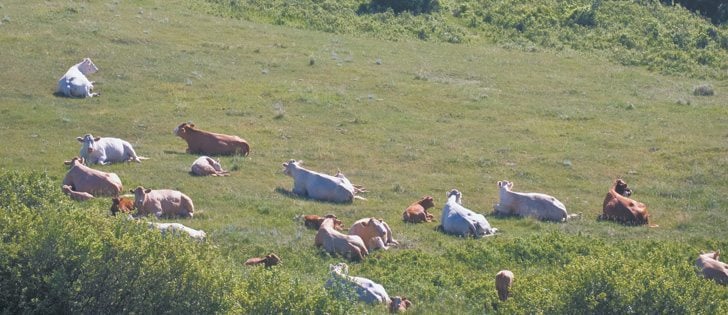BANFF, Alta. — Adding byproducts such as distillers grain to hog feed rations is one way pork producers could reduce costs.
“Coproducts will be much more important in Western Canada than we are traditionally used to,” hog researcher Ruurd Zilstra of the University of Alberta told the recent Banff pork seminar.
He said wheat and corn distillers grains are becoming more widely available, but enzymes are needed to help pigs digest the high fibre content.
Kees de Lange of the University of Guelph said corn-based dried distillers grain is used in hog feed in Ontario, but researchers have found that samples collected from seven ethanol plants showed considerable variability in quality, even within one plant.
Read Also

Canadian-bred cow wins World Dairy Expo Holstein show
A cow bred in Saskatchewan, Lovhill Sidekick Kandy Cane, is the Grand Champion Holstein at the 2025 World Dairy Expo.
There was a variation in the amount of fibre, fat and energy within the samples collected.
Guelph researchers are also looking at using wet distillers grain because liquid feeding is common in Ontario. The wet product also requires enzymes for better digestion.
The enzymes must be balanced because they may release too much acetic acid or sugar in the digestive process that end up being excreted.
Scientists want to further study the nutrient make-up of byproducts and understand why enzymes sometimes help and other times fail to improve digestibility.
Research projects at the University of Alberta are examining what combinations of wheat and corn DDGs animals can ingest and the effect on animal welfare, carcass quality and manure management. These products are also compared to straight grain rations. The projects end this year.
DDGs are generally higher in fibre than straight grain. Increased fibre is known to reduce energy digestibility.
Researchers are also studying the fermentability and viscosity of fibre. Viscosity changes the flow of material through the gut.
Zilstra said human nutrition may benefit from learning more about soluble and insoluble fibre and the way they intertwine with other nutrients
For example, increased beta glucan fibre from oats or barley equates to a lower glycemic index.
The viscous fibre slows down digestion so the enzymes have more time to work in the gut and deliver other nutrients.
Work in the lab has found the starch chemistry of byproducts is variable.
Starch content makes up the largest proportion of the hog diet and is necessary for energy. It’s digested in the small intestine and influences the production of hormones and insulin and consequently protein and fat deposition.
Two types of starch in these products, amylopectin and amylose, have rigid molecules that are difficult for pigs to digest.















